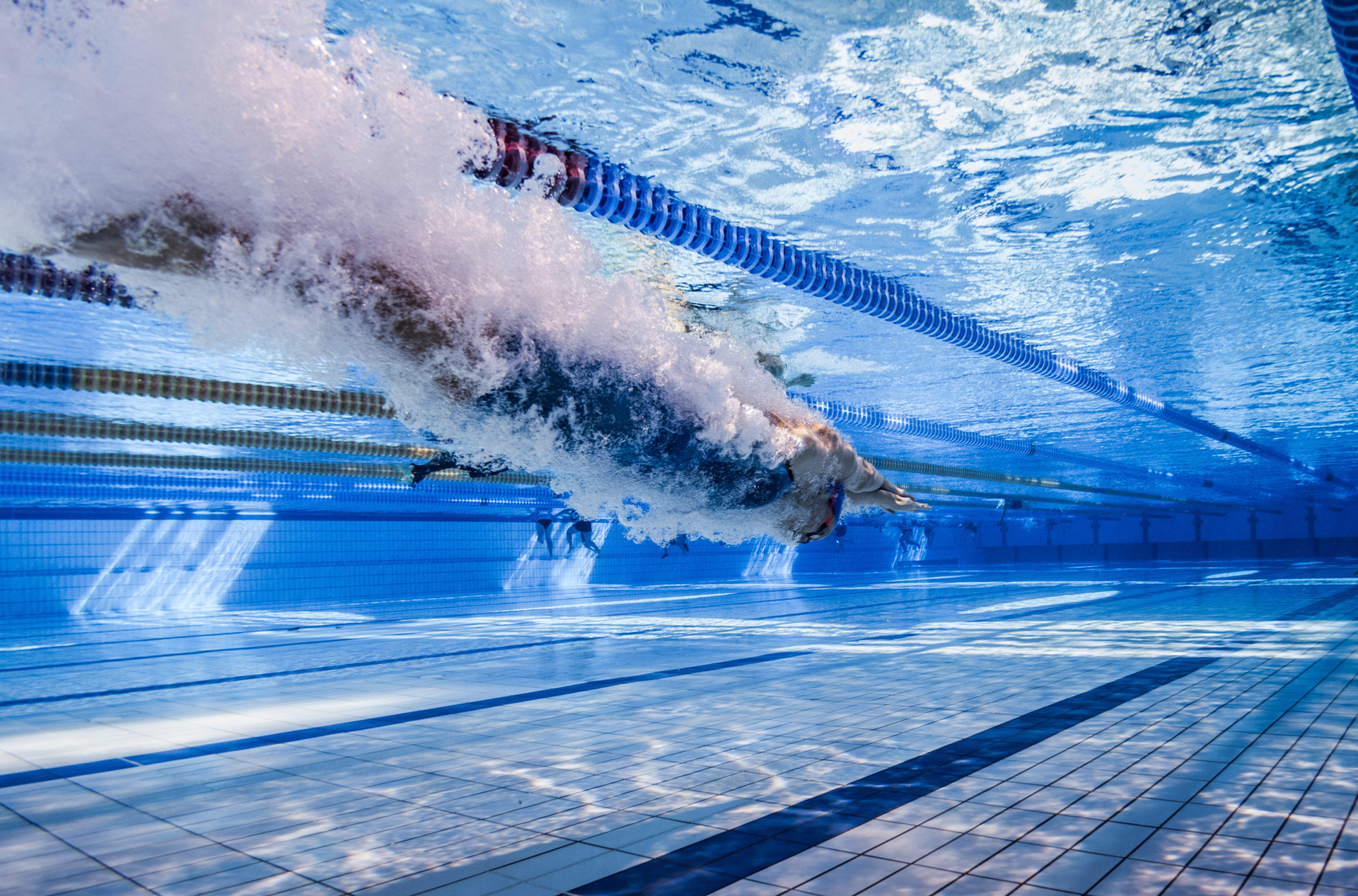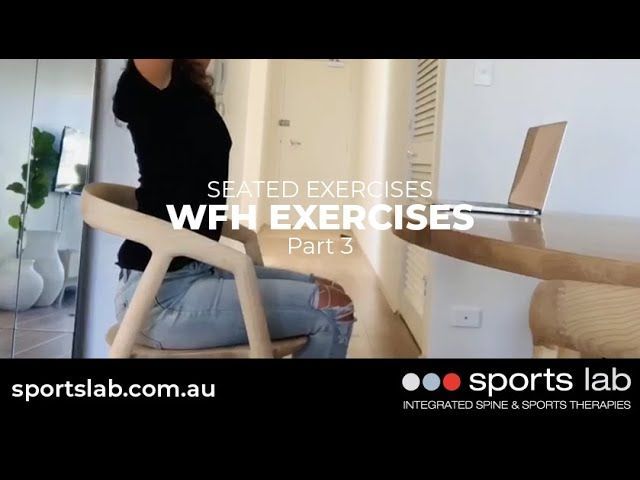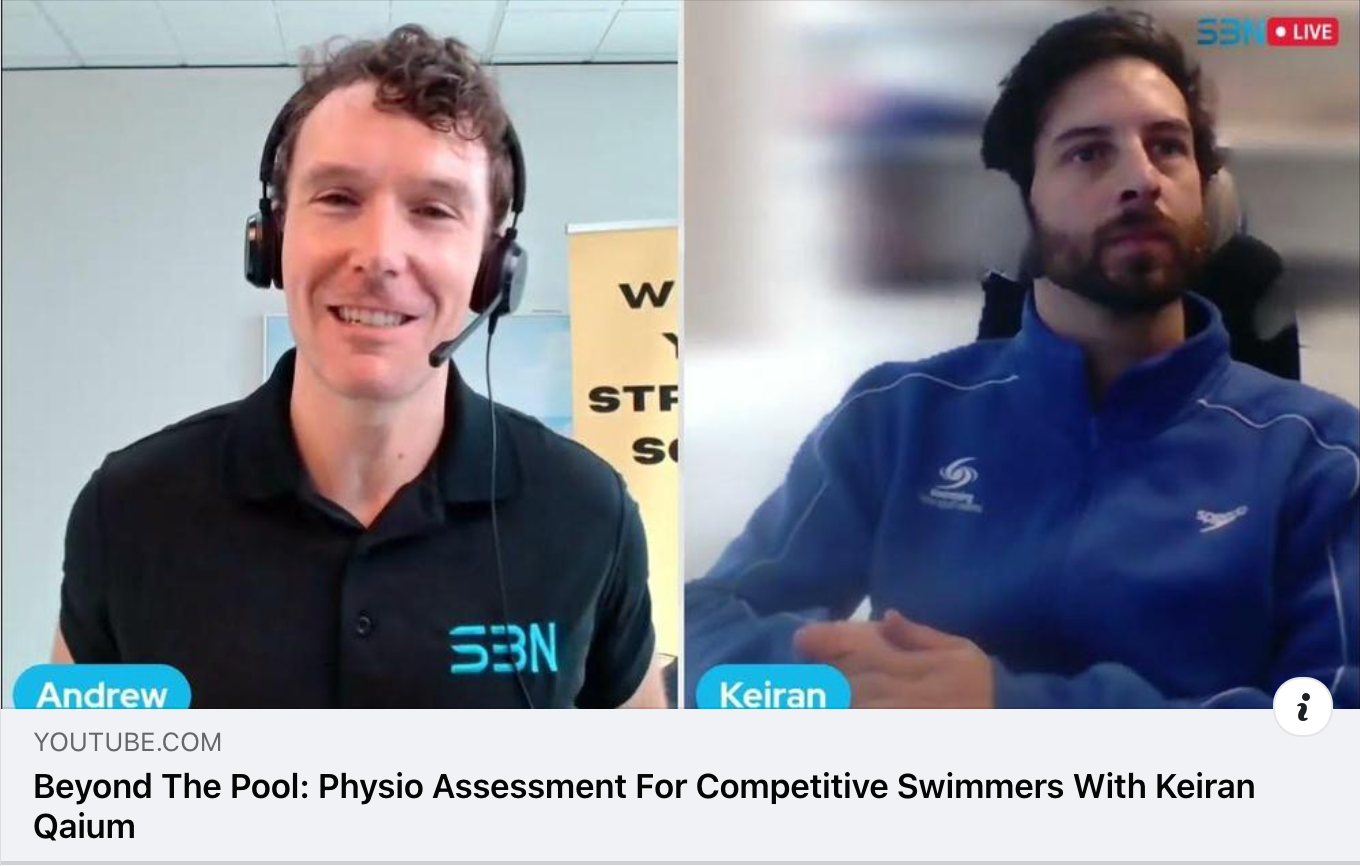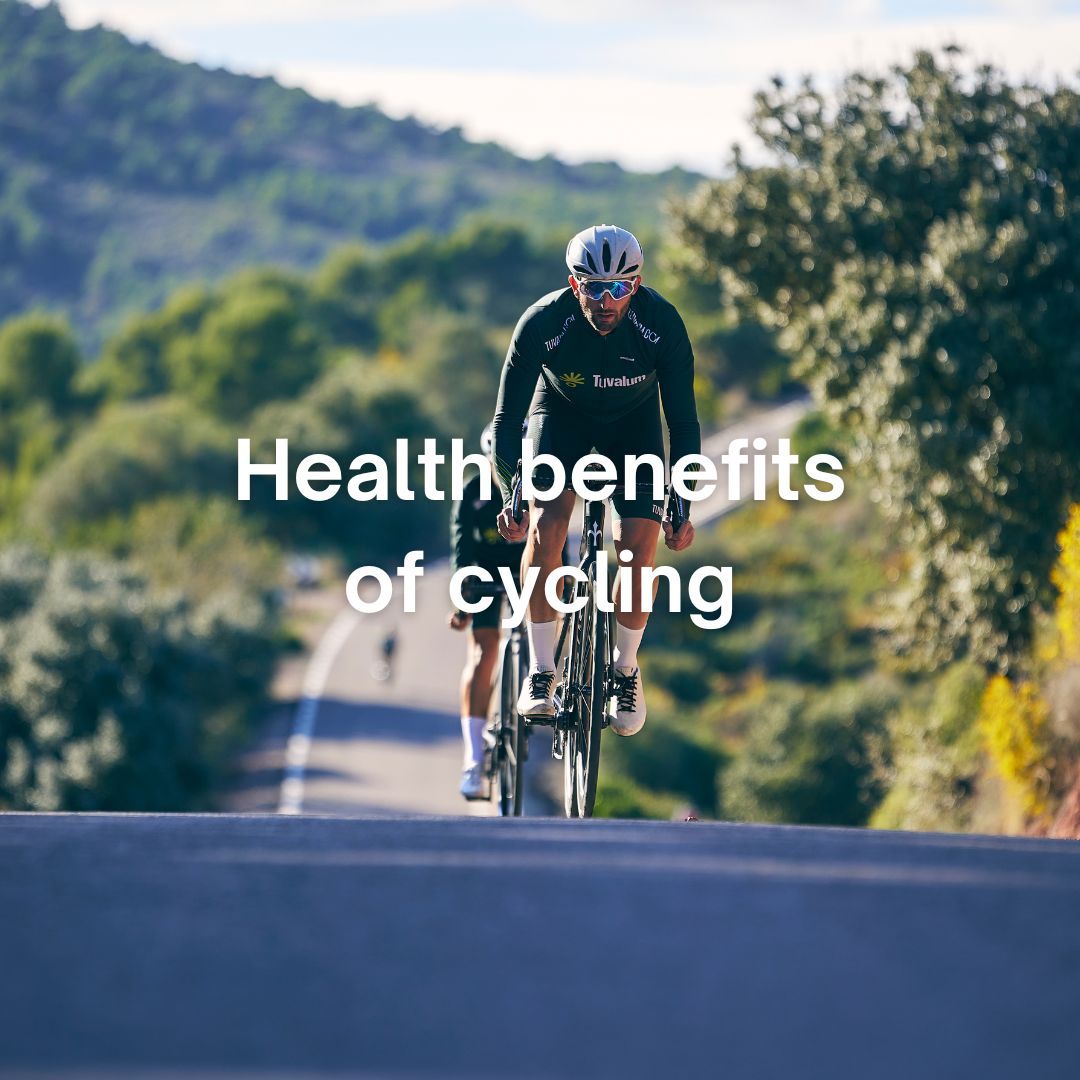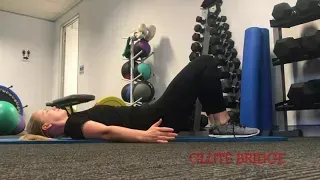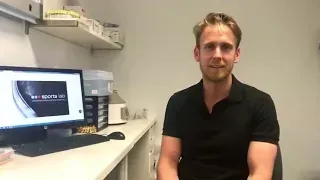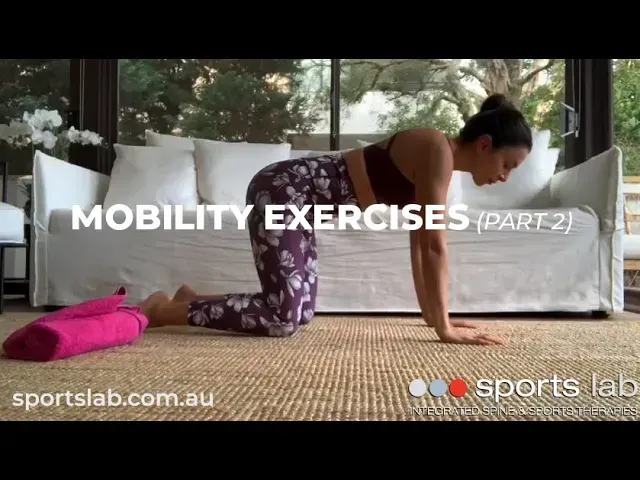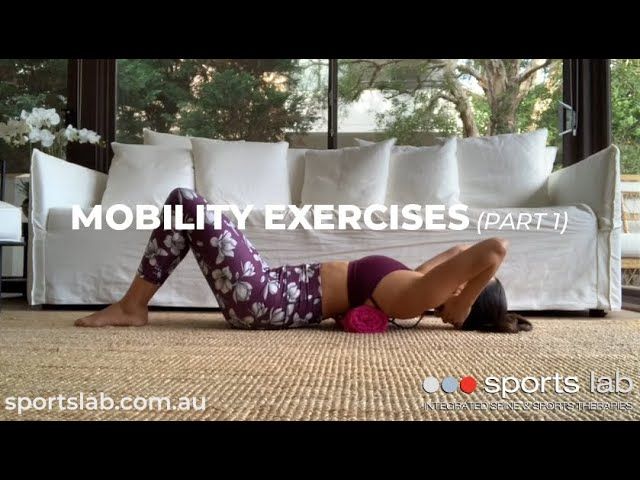THE ORIGIN OF PILATES
Pilates. is the exercise method developed by Joseph Pilates during the first half of
the twentieth century.
Joseph Hubertus Pilates was born near Dusseldorf, Germany in 1880. His father was a gymnast and his mother a naturopath. He was a sickly child suffering from asthma, rickets and rheumatic fever but he was determined to overcome his physical weakness and became interested in all forms of physical exercise including bodybuilding, wrestling, yoga, gymnastics, martial arts, boxing, skiing and diving. In 1912 he worked in England as a circus performer, boxer and self- defence instructor, but when World War One broke out he was placed in an internment camp for enemy aliens. It was there that he got the inspiration for his
method – developing a physical education programme for the internees and staff.
Later in the War, he worked as an orderly in a hospital, helping with the rehabilitation of patients. During this time, he began experimenting with equipment – attaching bed springs to the hospital beds to help support the patients’ limbs. He
designed a variety of equipment, which he referred to it as “apparatus”. Each apparatus was designed to help with stretching, strengthening, body alignment and increased core strength. The apparatus is still used today in adapted forms such as the Cadillac and the Reformer.
In the 1920’s Pilates emigrated to America with his wife Clara. They opened a studio in New York where they developed and taught the method of exercise he called “Contrology”. (It was only after his death that it became known as Pilates). It became very popular, especially with the professional dance community, as the method helped improve technique and recovery from injury.
Principles of Pilates.
Pilates believed that mental and physical health are connected. He developed a system of exercises focused on improving core strength, balance and flexibility and intended to strengthen and condition the mind and body.
There are six basic principles of Pilates
• Centring. – Bringing focus, control and stabilisation back to the core.
• Concentration. – Focusing purely on what you are doing and the movements involved.
• Control. – Completing exercises slowly and smoothly.
• Precision. – Technique is everything!
• Breathing. – Incorporating an even breathing pattern into the exercises.
• Flow. – Moving smoothly between exercises.
